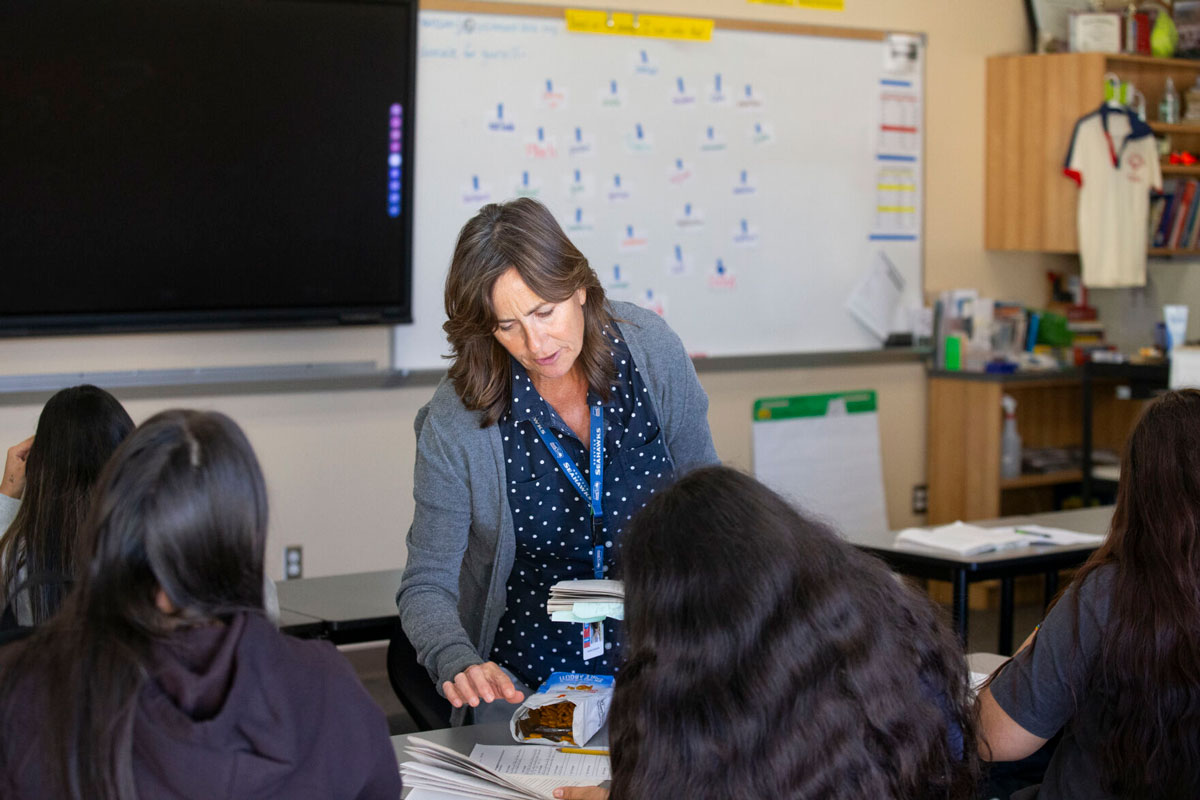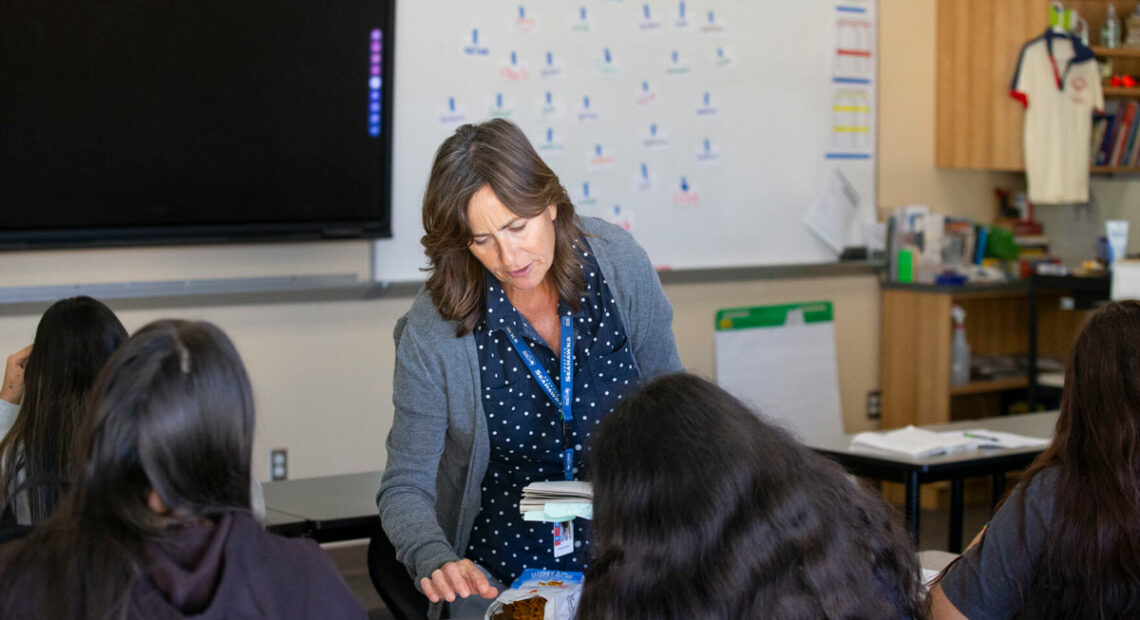
Eastmont School District considers dual language program
Listen
(Runtime 1:03)
Read
By Reneé Diaz and Jenni Rodas, Wenatchee World
The Office of Superintendent of Public Instruction has a statewide goal of implementing dual language education by 2040. Now, many districts are considering implementing programs in their elementary schools.
Dual language programs have an end goal for students to be biliterate. However, districts such as Eastmont School District face many steps to implement such a program.
Dual language programs include instruction, where students learn literacy and content in English and in another language. According to the OSPI, it is the most effective educational model for multilingual learners and native English speakers. The state has 41 districts with dual language programs and 135 language schools. And, more than 50,000 students are enrolled in dual language programs.
Before schools adopt a dual language program, they can apply for research grants to study different models of the program. Funding comes from House Bill 1228, a bill to expand dual language programs, which was unanimously passed into law at the beginning of 2024.
“Children, especially at young ages, are amazing learners. Immersing oneself in two languages can help some kids learn much better, similar to how learning music can expand cognitive abilities in other subjects. It’s not for everyone, but it is another option. Good public schools provide options for students and families because not all kids are the same or learn the same way,” said state Sen. Brad Hawkins, R-Wenatchee.
Eastmont has not yet applied for any grants or made definite decisions.
Currently, Eastmont has a multilingual learner program, also known as the ML program. Students are supported through educational models, or multilingual groups, depending on grade level and whether the student is proficient in their second language.
There are two types of programs Eastmont uses, depending on the needs of the student.
The newcomer program provides specialized instruction to beginning level ML students new to the U.S.
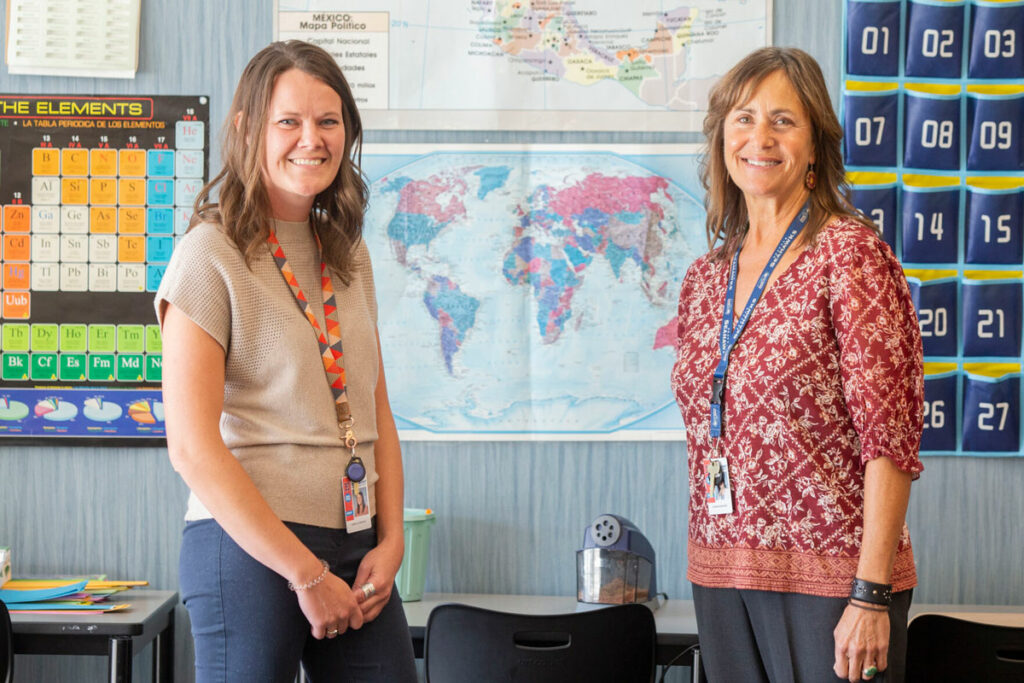
The second model used in schools, like Eastmont, is the supportive mainstream model, where students access academic content and English in mainstream classrooms with support individually or in small groups by trained educators.
Bridget Clark and Annie Douglas are ML instructional coaches for the Eastmont School District. They said their job is to build content and work alongside teachers to improve literary skills for multilingual learners. Together, they see the progression of the student’s education and literacy skills.
Previously, ML students were called English as a second language, or ESL, students. According to Clark and Douglas, this title change is a shift to make English learning more inclusive.
“They’re called multilingual learners because they’re all learning multiple languages. That vocab is embedded for everyone,” Clark said.
“If you’re calling your students the bilingual experts instead of the ESL kids, that already has a more positive connotation. Now, the second wave is having teachers come together, training them slowly to see that all of these students are language experts,” Douglas said.
The newcomer program and the supportive mainstream model in Eastmont uses a scaffold method. These are guided instructions, or tasks, that encourage students to use prior knowledge of their home language to learn English. Each scaffold is tailored to the needs of each student. For example, teachers may use visual aids, and tie images to vocabulary so students can make real word connections.
According to the ML coaches, scaffold models that provide consistent content between buildings and grade levels prepare teachers for the potential of teaching a dual language program.
“Now all of our teachers are trained in best practices to teach English,” Clark said.
As a district, staff encourage families to speak their home language outside of the classroom.
“We’re not wanting any student to give up Spanish to learn English or give up Russian to learn English, but having teachers, parents, all of them know the better they are doing in their language at home, the better they’re going to do in their language at school,” Clark said.
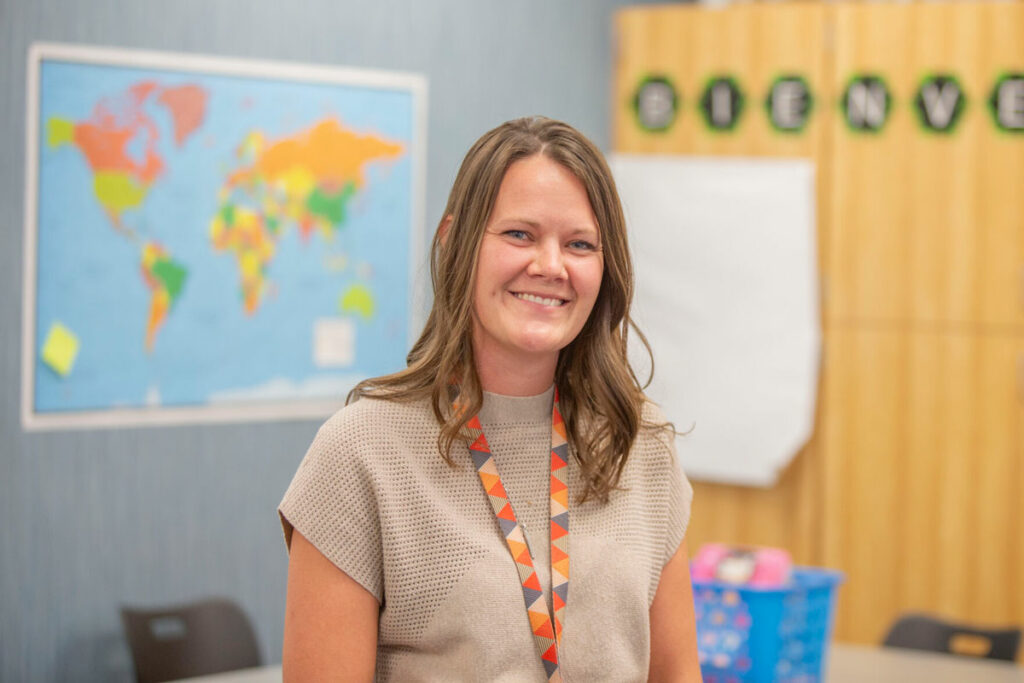
Rebecca Verhage, a multilingual teacher at Eastmont High School, emphasized the maintaining a strong foundation in one’s first language. She said a solid grasp of the first language makes learning a second language much easier, and she’s seeing a lot of students losing their first language because they’re not using it.
“Learning a second language helps you to understand the grammar rules in both languages, and it reinforces language learning. And so language learning literacy when you are strong in one, it benefits the other,” Verhage said. “In our elementary school right now, because we’re not supporting it, you have a lot of kids who are losing their first language and maybe losing the ability to really connect or communicate with people and their families.”
Students joining the multilingual program in high school face different challenges than students in elementary school. Dual language programs are meant to start in elementary school with the goal of having students completely bilingual by the time they graduate, Verhage said.
She added in her years of teaching, she saw that multilingual learners were more likely to drop out of school. She said she believes it was due to students falling behind in school because they couldn’t keep up with learning a second language, which led to falling behind in classes.
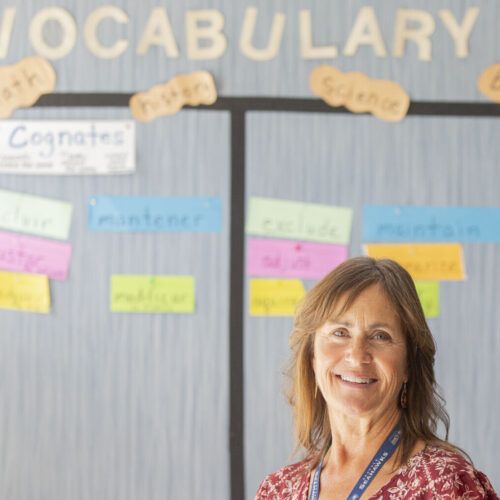
“Look at the graduation rates; our population that is less likely to graduate are ML students … if you look at stats in data that we have for test scores, and you look at it based on your demographics by middle school, you’re really seeing that drop off and kids not being super successful,” Verhage said.
Through the current multilingual program, Eastmont teachers receive new students in higher grade levels and their aim is to guide students in choosing their post-high school paths while equipping them with the skills necessary to achieve their goals.
“We may have a student who arrives here who is 16. ‘I have my transcripts, and I wanna acquire more credits, and I wanna graduate high school, and I wanna go to college.’ We need to make sure, you know, it’s gonna be tough, especially if they don’t have a lot of English skills, you know. They haven’t learned much when they get here. But we do our very best. That’s where we come from at a high school level,” said Joanne Johanson, a multilingual teacher at Eastmont High School. “Well, we’ll do our best to get you the skills that you need, that you want so that you graduate at 18, and you’re going off and getting a job somewhere.”
Clark emphasized the advantages of being bilingual, as it can open many doors for students after graduation.
“The top five biggest employers are PUD (public utility district), CVCH (Columbia Valley Community Health), Confluence (Health) … If you’re a bilingual person in any of those places, it’s a huge asset. Shifting from ‘You have to learn English,’ to ‘You get to become bilingual.’ All of our multilingual kids are buying into that,” Clark said.
Reneé Diaz may be contacted at renee.diaz@wenatcheeworld.com. Collaborative reporting by The Wenatchee World, NWPB and WSU’s Murrow College of Communication Newsroom Fellowship.

